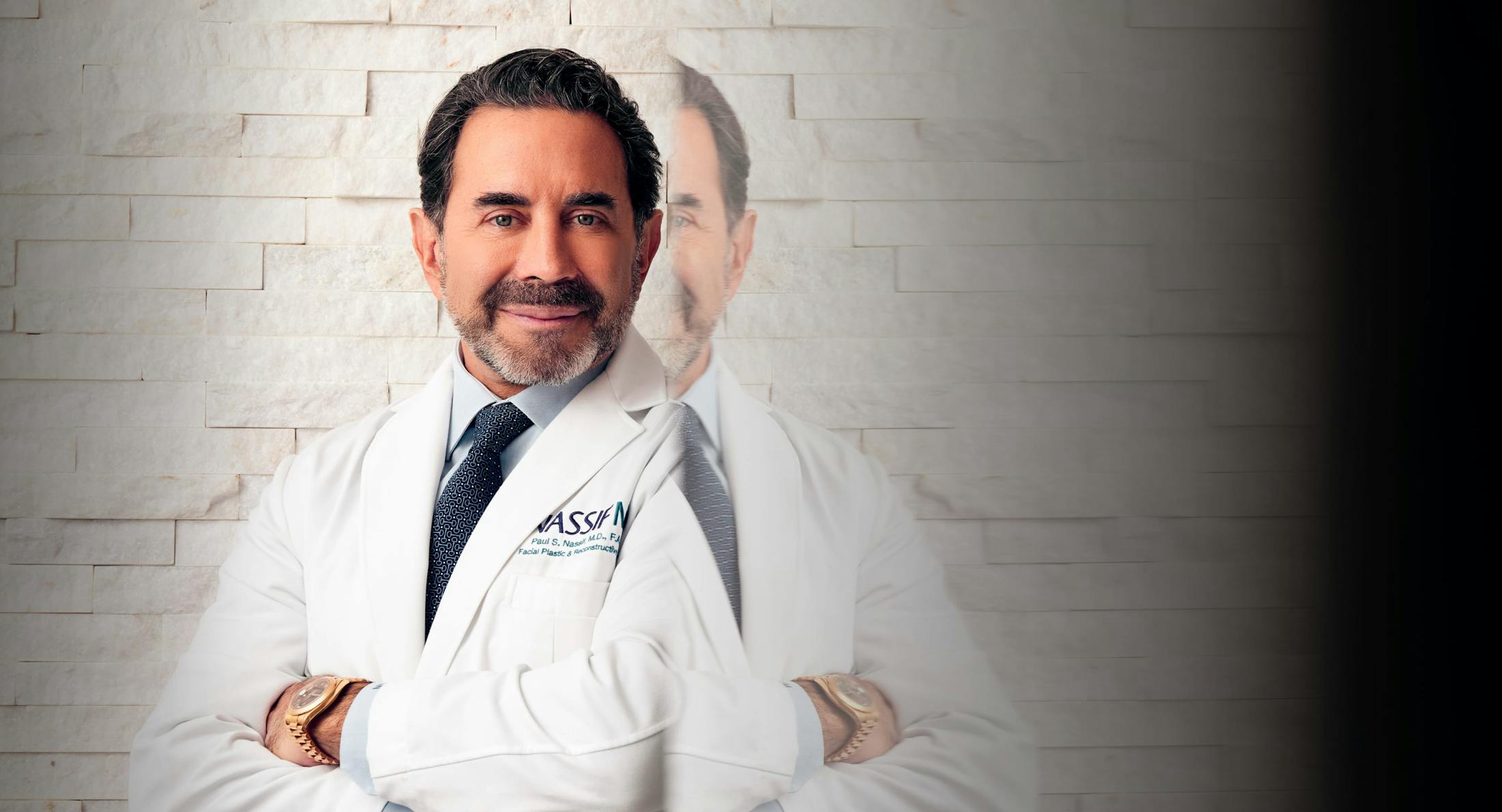There’s a reason that the facelift is one of the most sought-after plastic surgery procedures available. Our faces are the image we present to the world, and in many ways define how we are seen. As we get older, the face inevitably begins to suffer from the ravages of time, as wrinkles develop over once-smooth skin, and skin that used to be tight now hangs and sags.
The Importance of an Experienced Plastic Surgeon
Cosmetic surgery exists at the intersection of science and art, and necessitates a great deal of expertise and confidence on the part of the surgeon. The reality of plastic surgery is that the results themselves are typically not evident for several days or even weeks, as swelling and bruising from the surgery must go down. The surgeon needs to have a detailed understanding of the effect his techniques will have in weeks to come. Go too far with a facelift, and the patient will be left with a permanently surprised appearance, or overly tight, plastic-looking skin that has obviously been operated on. Being too conservative with a facelift can leave the patient with the same problems they’d originally started with.




